For color detection, there are specialized chips that use light filters applied to the elements of the photodiode array, but their price is very high. We offered an original solution - we took an inexpensive and widespread GY-302 module based on an integrated light sensor, and a controllable RGB (three-color - red, green, blue) LED module based on a WS2812 chip.
Сolor Identifier for visually impaired people
Color Identifier can identify the color of clothes (and other household), tell the color and what other colors is compartible with this one.
 Sergei V. Bogdanov
Sergei V. Bogdanov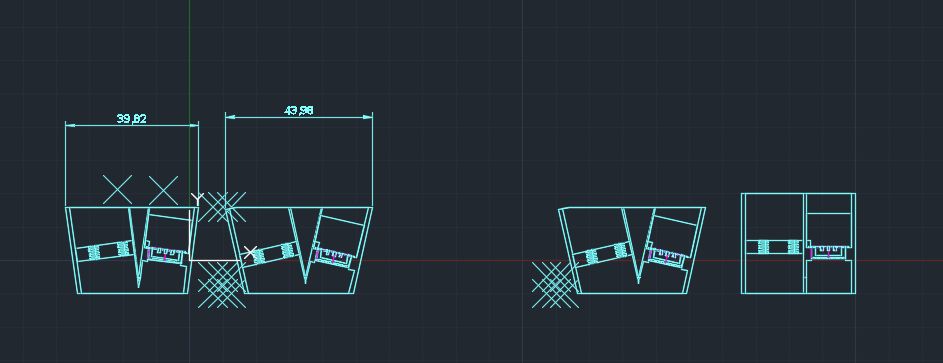
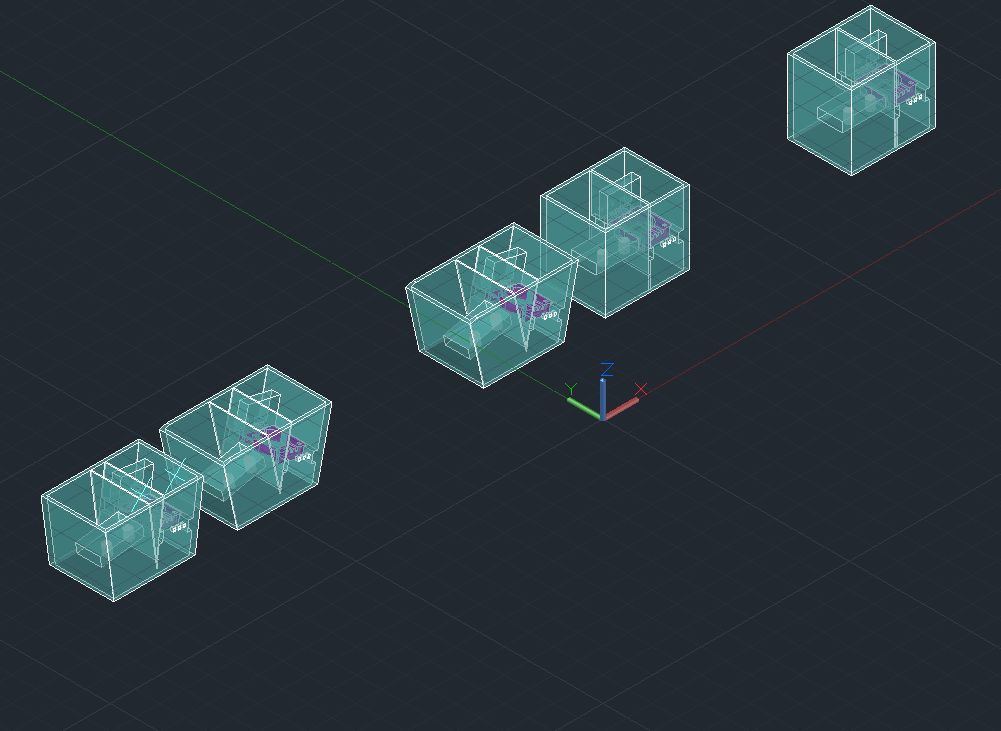
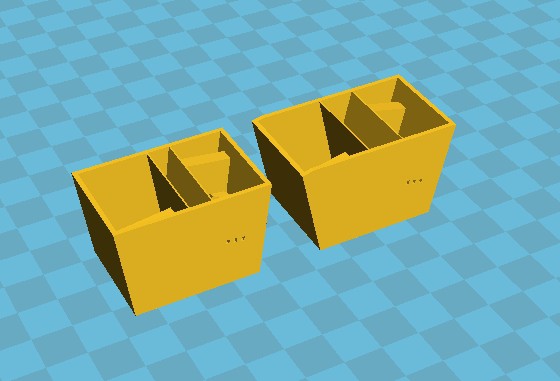 Fig. 3 Slicer picture of LED-Photodilde holders.
Fig. 3 Slicer picture of LED-Photodilde holders.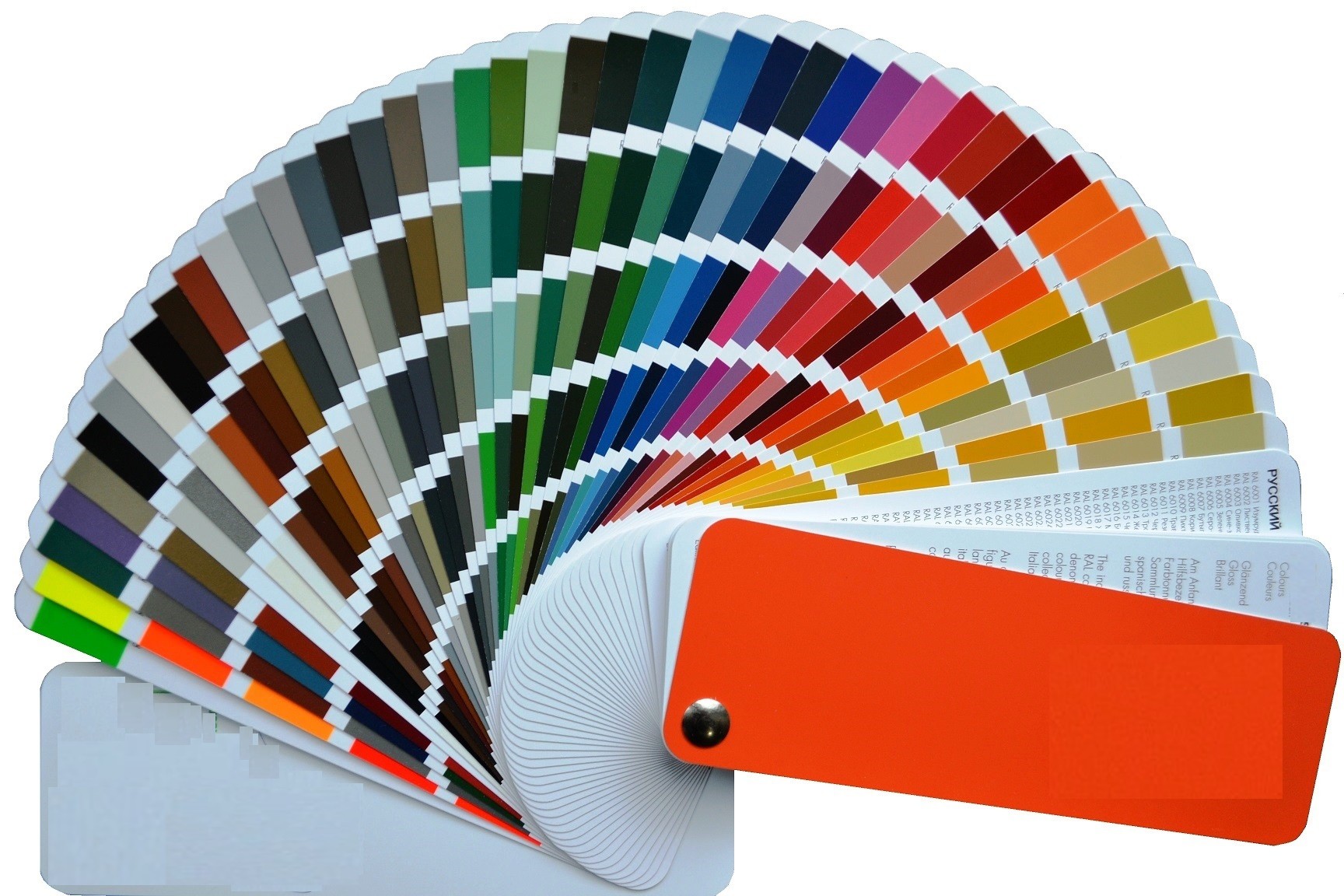
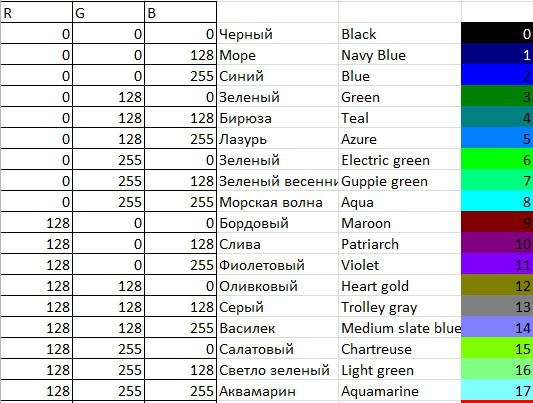
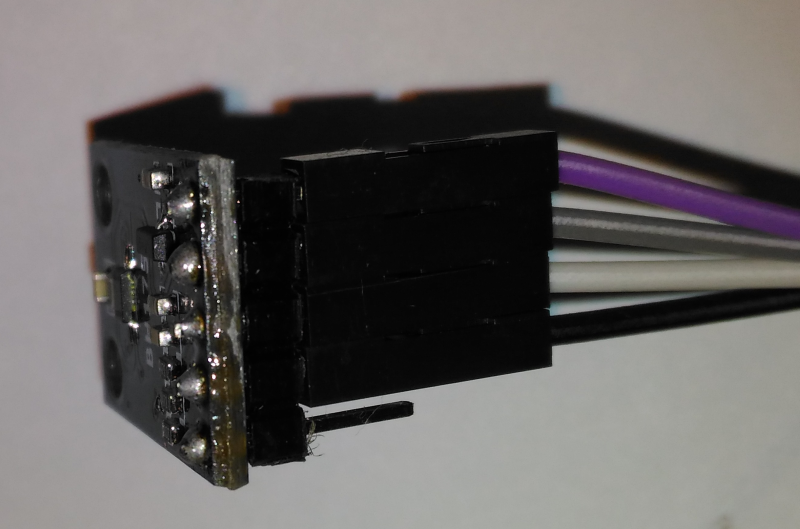

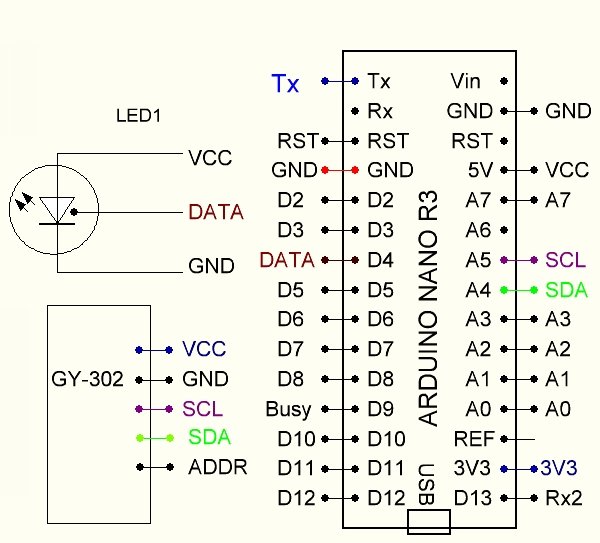
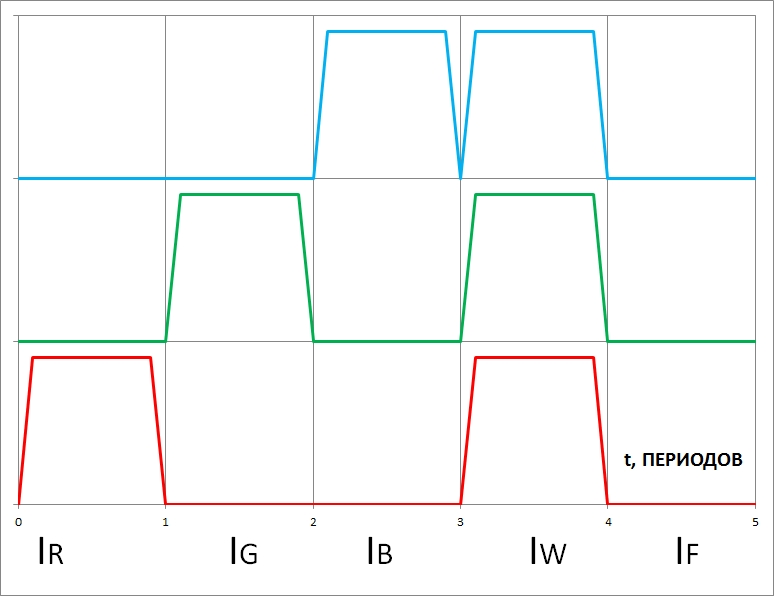
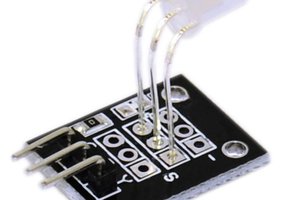
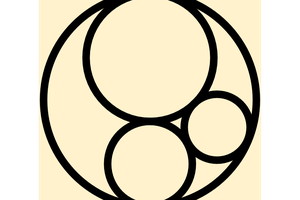
 richardginus
richardginus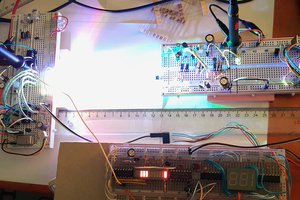
 Jovan
Jovan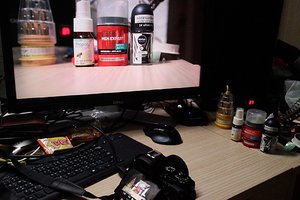
 Thomas Chanon Wangtrirat
Thomas Chanon Wangtrirat